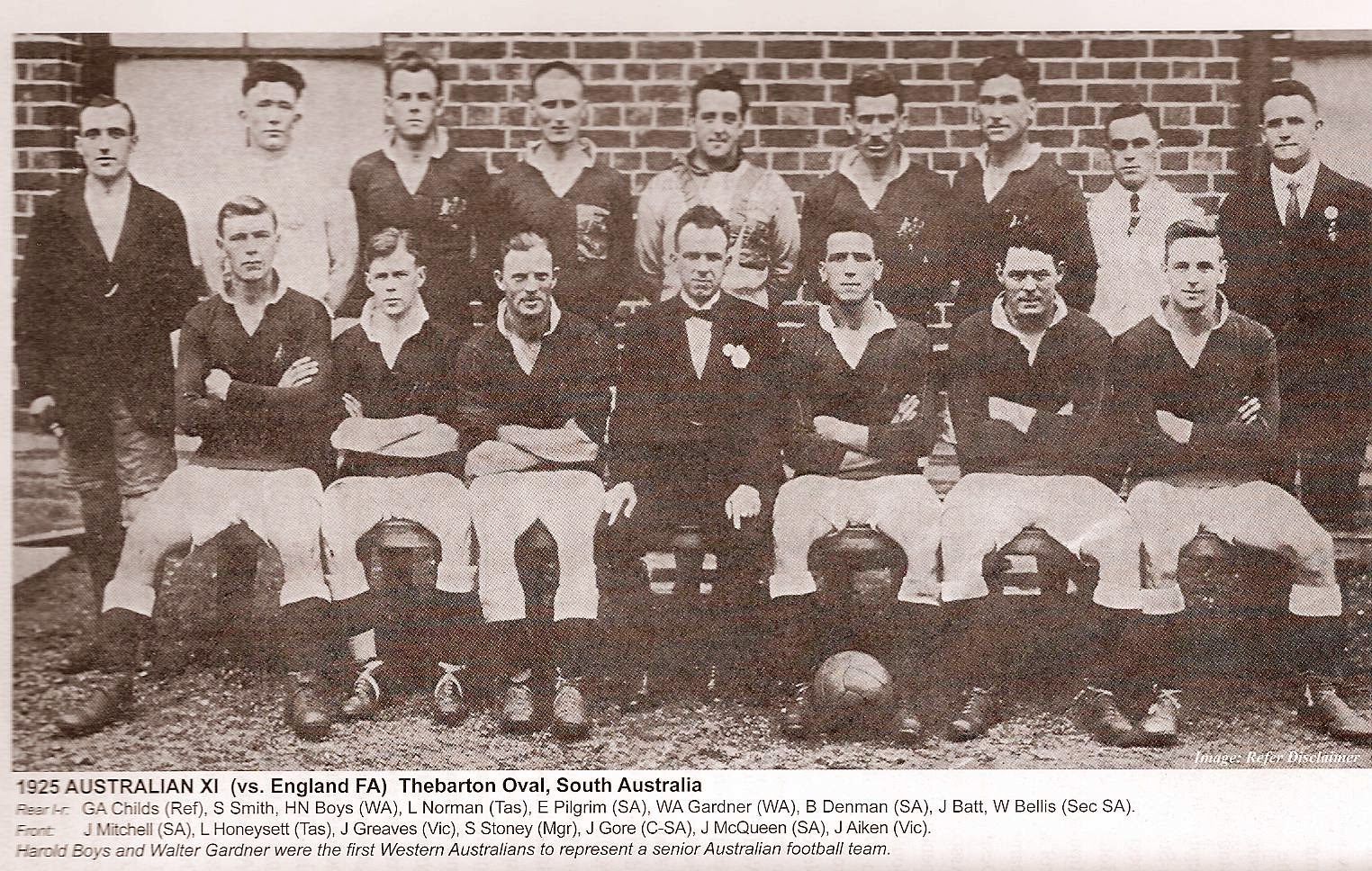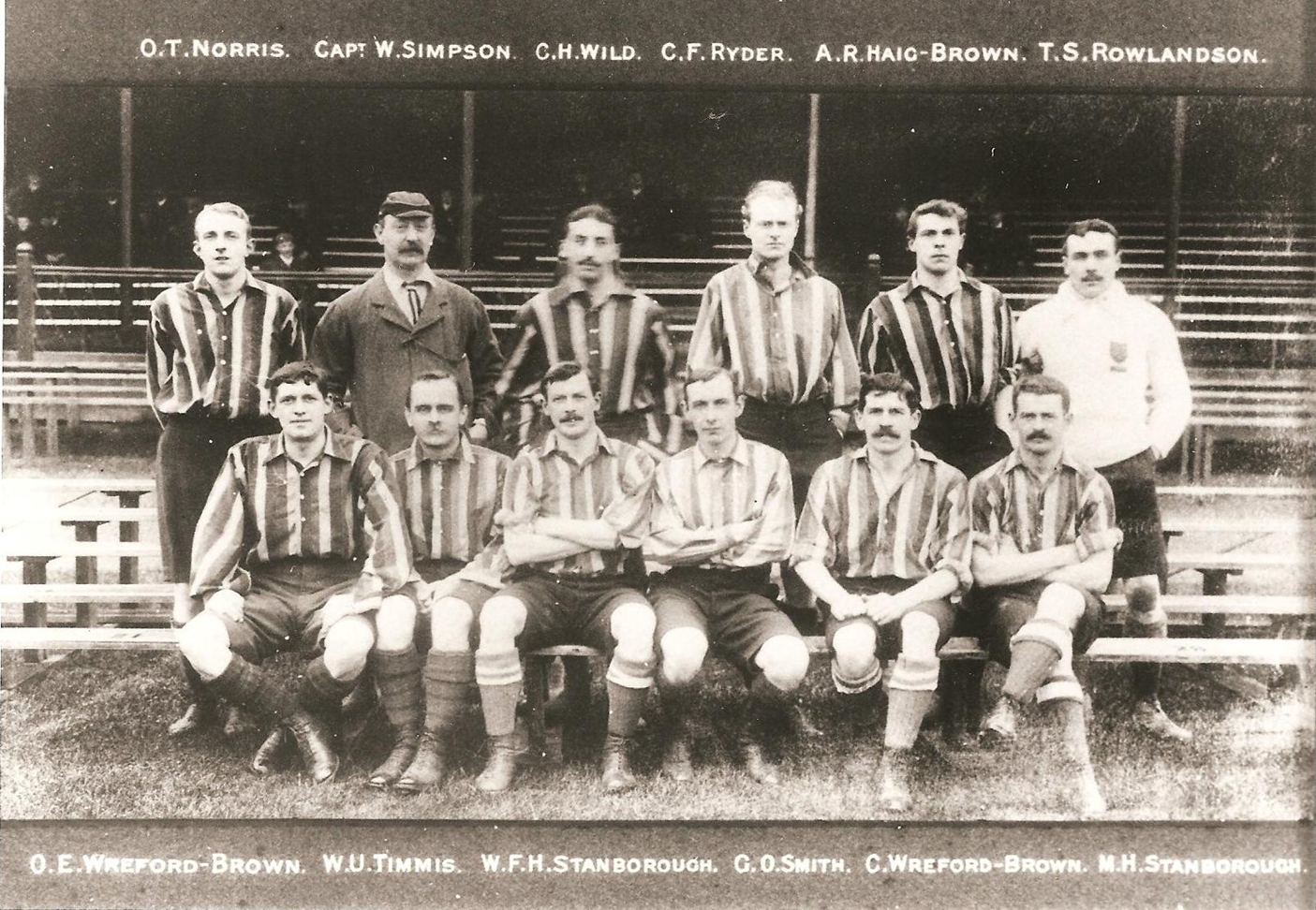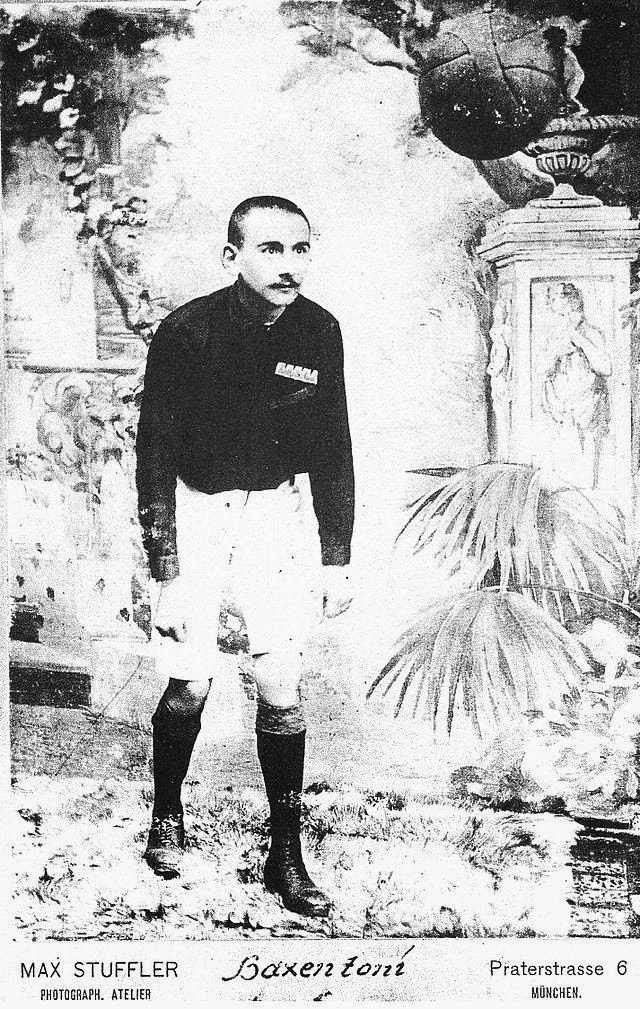Billed in the local press, of course, as 'England' the tourists enjoyed a 100% success record and averaged 5.5 goals per game. There were 4 'Test Matches' against Australia (these were not recognised as full internationals).
07.05.25 | Perth Metropolitan XI | 0 | 8 | FA XI | Perth |
09.05.25 | Western Australia | 0 | 7 | FA XI | Fremantle |
14.05.25 | South Australia | 0 | 10 | FA XI | Adelaide |
16.05.25 | Australia XI | 1 | 4 | FA XI | Thebarton |
20.05.25 | Victoria | 0 | 7 | FA XI | Melbourne |
23.05.25 | Australia XI | 0 | 5 | FA XI | Melbourne |
30.05.25 | New South Wales | 2 | 3 | FA XI | Sydney |
03.06.25 | Sydney Metropolis | 1 | 3 | FA XI | Sydney |
06.06.25 | Illawarra District | 0 | 8 | FA XI | Wollongong |
08.06.25 | New South Wales | 1 | 4 | FA XI | Sydney |
13.06.25 | Northern Districts | 0 | 6 | FA XI | Newcastle |
17.06.25 | Ipswich and District | 0 | 3 | FA XI | Ipswich |
20.06.25 | Queensland | 0 | 11 | FA XI | Brisbane |
24.06.25 | North Queensland | 0 | 9 | FA XI | Bundaberg |
27.06.25 | Australia | 1 | 5 | FA XI | Brisbane |
29.06.25 | Toowoomba | 0 | 6 | FA XI | Toowoomba |
04.07.25 | Australia | 1 | 2 | FA XI | Sydney |
08.07.25 | Newcastle | 0 | 3 | FA XI | Newcastle |
11.07.25 | Australia | 2 | 8 | FA XI | Maitland |
15.07.25 | South Maitland | 1 | 4 | FA XI | Cessnock |
18.07.25 | Australia | 0 | 5 | FA XI | Sydney |
21.07.25 | Granville District | 1 | 6 | FA XI | Parramatta |
25.07.25 | Australia | 0 | 2 | FA XI | Melbourne |
01.08.25 | Western Australia | 1 | 5 | FA XI | Fremantle |
03.08.25 | Western Australia | 1 | 5 | FA XI | Perth |
P | W | D | L | F | A |
25 | 25 | 139 | 13 |
GK | Teddy Davison* | The Wednesday |
Harry Hardy* | Stockport County | |
FB | Stan Charlton | Exeter City |
Joe Hannah | Norwich City | |
Cecil Poynton | Tottenham Hotspur | |
HB | Jimmy Hamilton | Crystal Palace |
Len Graham* | Millwall | |
Billy Sage | Tottenham Hotspur | |
Tom Whittaker | Arsenal | |
CH | Bill Caesar** | Dulwich Hamlet *** |
Charlie Spencer* | Newcastle United | |
IF | Jimmy Walsh | Liverpool |
Jack Elkes | Tottenham Hotspur | |
Bert Batten | Plymouth Argyle | |
Billy Williams | West Ham United | |
CF | Ernie Simms [c]* | Stockport County |
OF | Charlie Hannaford | Clapton Orient |
Stan Seymour | Newcastle United |
* full internationalist
** amateur internationalist
The 18 players were from the following Divisions:
Div 1- 8
Div 2- 5
Div 3- 4
Isthmian League- 1***
*** Caesar was 'on the books' at Darlington (Div 3) in the 1924-25 season but didn't make any first team appearances.
Div 1- 8
Div 2- 5
Div 3- 4
Isthmian League- 1***
*** Caesar was 'on the books' at Darlington (Div 3) in the 1924-25 season but didn't make any first team appearances.
Bert Batten- scorer of 47 goals during the tour
John Lewis was never one to shy away from controversy. He reported the Australian FA for paying their players £1 per day, a £5 bonus and broken time payments. Mr Lewis also disapproved of their use of substitutes.


























.jpg)







